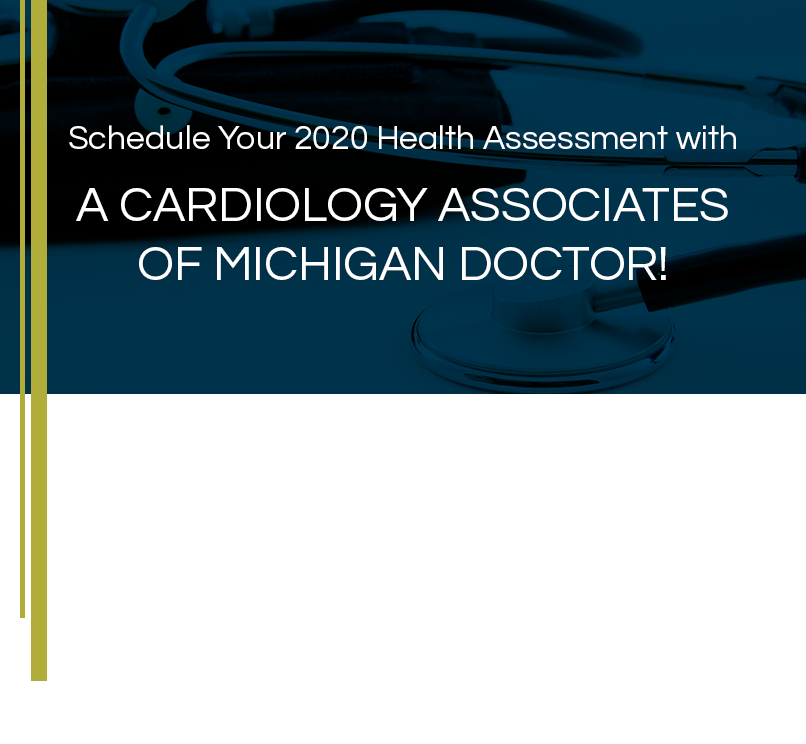Healthy lifestyle choices are key to reducing the risk for heart disease. By eating a heart-healthy diet and staying physically active, you can help significantly reduce heart disease risk. Knowing your numbers — body mass index, blood pressure, cholesterol, and blood sugar — and family history is also important so that you can address any risk factors you may have for heart disease.
Risk factors that lead to heart disease often develop slowly over time and can take decades to develop. That’s why it’s important to make healthy lifestyle choices like eating healthy, staying active, and maintaining a healthy weight, at all stages in life. As an adult, it’s especially important to work closely with your doctor to monitor key risk factors and address any risk factors to reduce risk for heart disease.
Heart disease, diabetes, and other illnesses are caused by a complex interaction between the genes you inherited from your mother and father, your diet, and other factors in your environment throughout your life. Some of these factors are so complex that even scientists don’t fully understand them yet.
The most common symptoms of heart failure include shortness of breath, persistent coughing or wheezing, swelling or weight gain, fatigue, and nausea. If you have one or more of these symptoms, it’s important to discuss them with your doctor.
A return to all of your normal activities, including work, may take a few weeks to 2 or 3 months, depending on your condition. A full recovery is defined as a return to normal activities. This will depend on how active you were before your heart attack, the severity of the attack, and your body’s response to it.
If your general medical doctor feels that you might have a significant heart-related condition, he or she will often call on a cardiologist for help. Symptoms like shortness of breath, chest pains, or dizzy spells often require special testing. Sometimes heart murmurs or ECG changes need the evaluation of a cardiologist. Cardiologists help victims of heart disease return to a full and useful life and also counsel patients about the risks and prevention of heart disease.
Most importantly, cardiologists are involved in the treatment of heart attacks, heart failure, and serious heart rhythm disturbances. Their skills and training are required whenever decisions are made about procedures such as cardiac catheterization, balloon angioplasty, or heart surgery.
Cardiologists receive extensive education, including four years of medical school and three years of training in general internal medicine. After this, a cardiologist spends three or more years in specialized training. Once that is complete they can elect to pursue a fellowship and board certification as an interventional cardiologist where they are trained to place heart catheters. That’s ten or more years of training!
An arrhythmia is an abnormal heart rhythm that causes the heart to beat too quickly, too slowly, or irregularly. There are many types of arrhythmias, some of which are harmless. However, treatment may be required depending on the type and severity of arrhythmia a patient has.
COPD is a chronic disease that makes it hard to breathe. COPD is often caused by smoking and can cause symptoms like difficulty breathing, coughing, and wheezing. Although COPD worsens over time, proper treatment and management helps improve outcomes and quality of life.
TAVR is a minimally invasive procedure used to repair faulty aortic valves in patients with aortic stenosis. Although surgical valve replacement is considered standard treatment for patients with severe aortic stenosis, TAVR is typically reserved for patients considered too high-risk for traditional surgery.
Cardiomyopathy refers to diseases of the heart muscle, which cause the heart to become weaker and can lead to serious complications such as heart failure, abnormal heart rhythm, or heart valve problems. Cardiomyopathy can vary in severity, as some patients can have no symptoms while others have debilitating symptoms that require immediate treatment. However, cardiomyopathy often worsens over time, weakening the heart and making it difficult for the heart to pump enough blood to the rest of the body.
Treatment depends on which major type of cardiomyopathy a patient has. However, goals of treatment are usually to minimize symptoms, reduce risk of complications, and prevent the condition from worsening. Treatment options may include medication, surgery, and/or medical devices.
Congenital heart defects refer to a number of different conditions that can occur when a baby’s heart is forming or at birth. Although most defects are found during pregnancy or in early childhood, some defects aren’t discovered until adulthood. Survival rates depend on the severity of the heart defect, but most individuals with congenital heart defects live long and healthy lives.
Congenital heart defects are the most common type of birth defect, affecting roughly 1% of all births in the United States. It’s estimated that 1 million adults are now living with a congenital heart defect.
Although risk for atrial fibrillation, or AFib, increases with age, women tend to develop AFib around 75 years of age (compared to 67 for men). Older women with AFib have significantly greater risk of stroke and death compared to men with AFib. The good news is that there are many treatment options for AFib that can significantly reduce risk of complications.
Eating a heart-healthy diet is one of the best ways to help lower blood pressure. Limiting salt intake and eating plenty of whole grains, fruit, vegetables, and low-fat dairy products can help significantly lower blood pressure.



